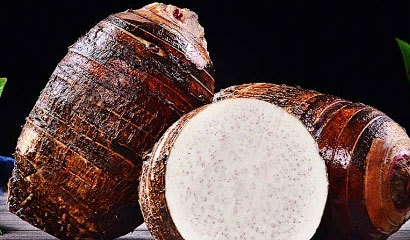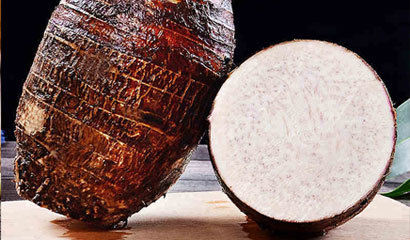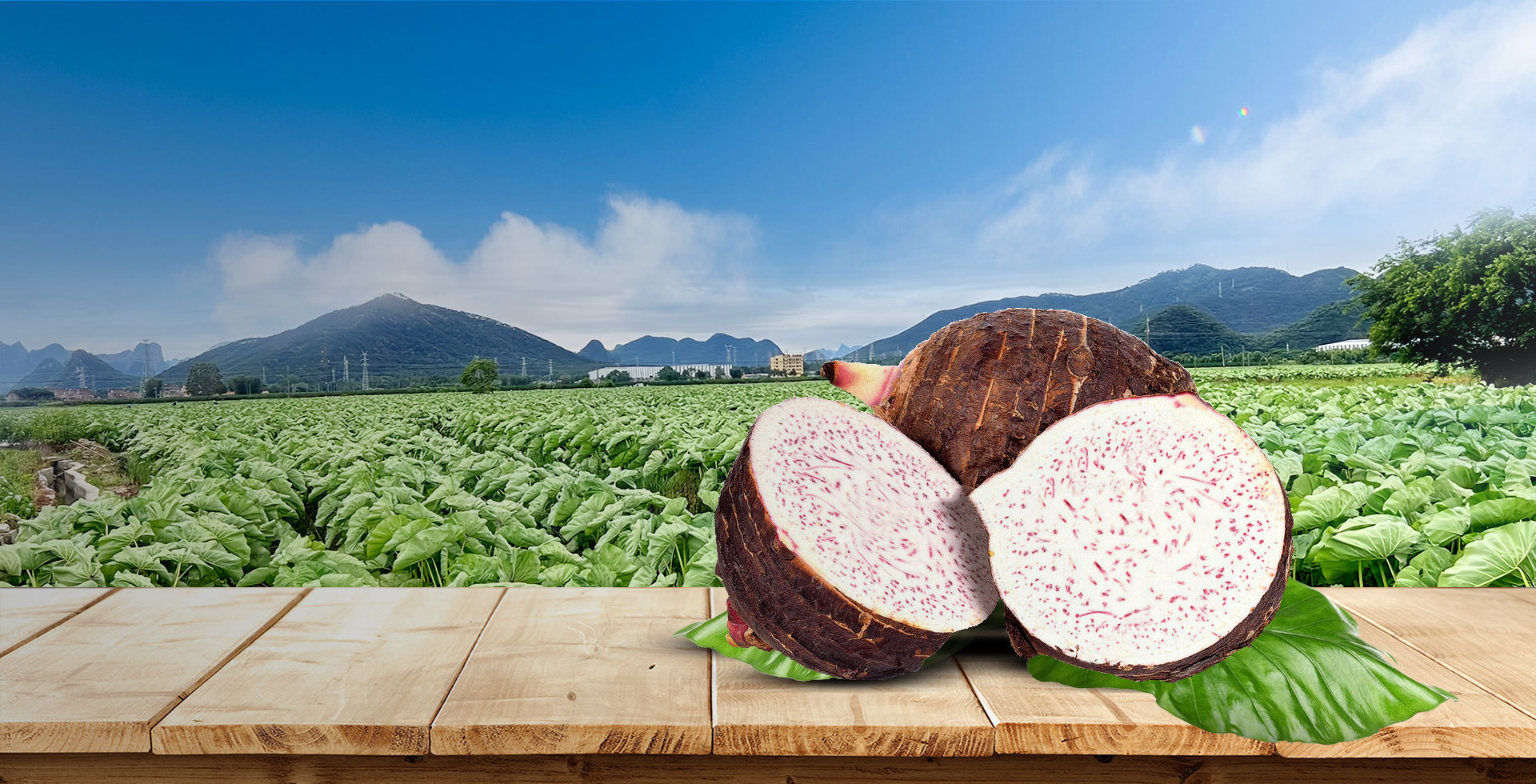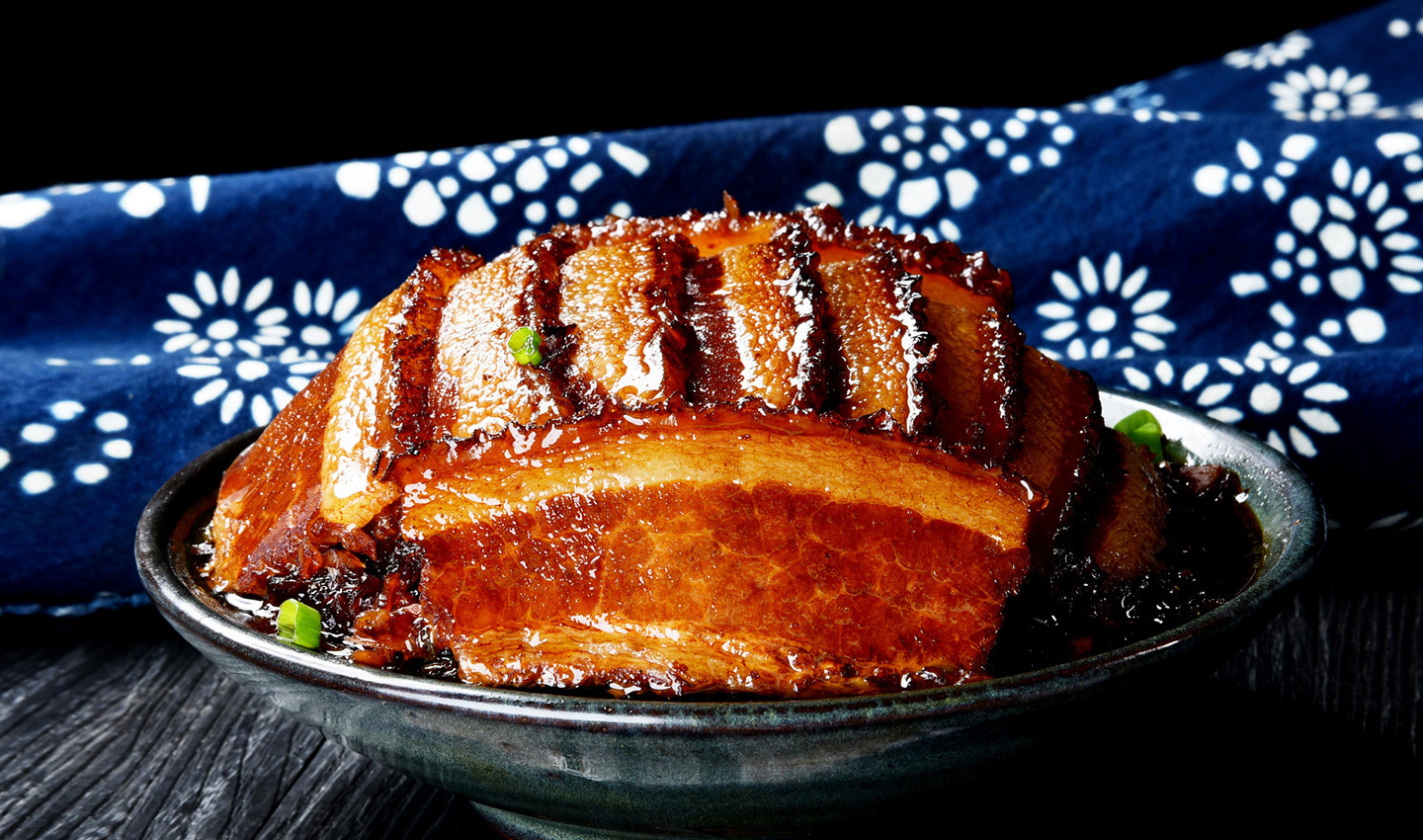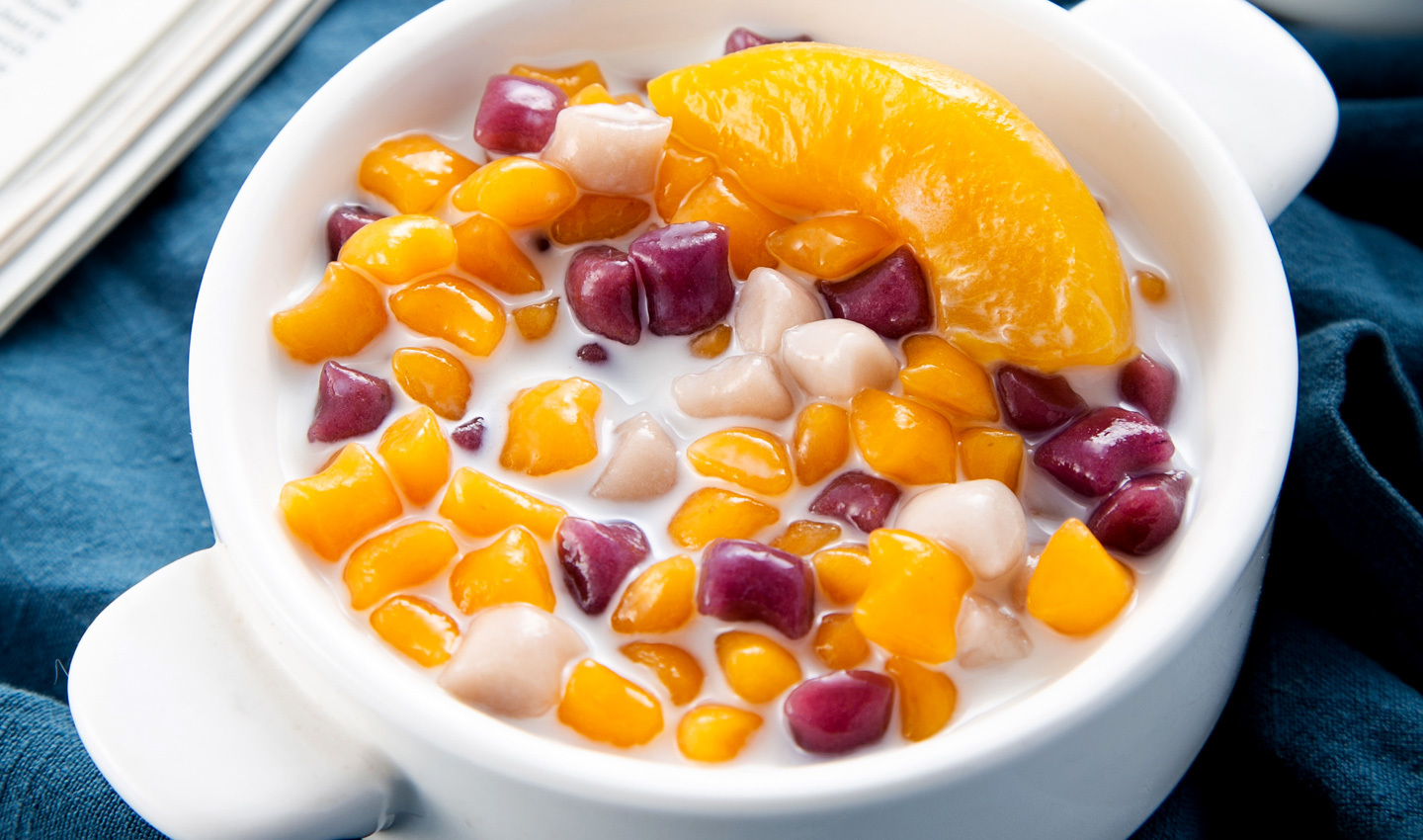HISTORICAL ORIGINS
Lipu taro, also known as areca taro, has a profound history of cultivation,
It can be traced back to the forty-eighth year of Kangxi in the Qing Dynasty (1709) and has a history of more than 300 years.
Lipu taro has been cultivated for 400 years in Lipu City,Lipu taro from the Qing Dynasty Kangxi forty-eight years (1709), introduced into Lipu from Zhangzhou, Fujian, was first planted in the area of Guandi Temple in the west of the county seat, and radiated to the surrounding area. Under the special geographical and natural conditions of Lipu City, affected by the environmental microclimate, it gradually formed a collection of color, fragrance and taste. The quality of taro produced in other places is better than that of taro produced in other places. In the Qing Dynasty, Lipu taro wasGuangxi rare "royal tribute", annual tribute to the court.
According to the records of Lipu Chronicles in the third year of the Republic of China (1914), "Old Zhiyun: there are more than ten jin, but now there are none. But the one that comes out in front of the Guandi Temple outside the city is the best one. It is cut out and now has betel nut pattern, which is called betel nut taro". "Brown dense grain, pink and not sticky, gas fragrant. Other places have transplanting, only like ears, no grain, called the nut taro".
PRODUCTS APPLICATION
Lipu taro canSteaming, boiling, frying, fryingCooking in many ways. Among them, Lipu taro pork is an indispensable special dish for Guangxi residents' festival banquets. The method is to slice taro and braised in pork. The flavor is special and the meat is not greasy.
NUTRITIONAL VALUE
Lipu taro contains a variety of vitamins and trace elements, especially potassium content is higher
Lipu taro is rich in nutrition, containing crude protein, starch, a variety of vitamins, high calcium and inorganic salts and other ingredients. It has the effects of invigorating qi and kidney, strengthening the spleen and stomach, and strengthening the body. It is not only an excellent raw material for making dietary snacks and delicacies, but also a good nutritional product for nourishing the body. Due to the high starch content of Lipu taro and its special aromatic flavor, it can be processed into taro powder and dozens of kinds of food by using the fragrance, crisp, powder, sticky, sweet and delicious of Lipu taro. It can also be exported after peeling, blanching, packaging and quick freezing. Lipu taro is a kind of nutritious ingredients, moderate consumption helps to maintain human health.Source Baidu Encyclopedia

PLANTING ENVIRONMENT
“
Lipu taro products are from the high-quality planting base in Lipu, Guangxi. The climatic conditions here are suitable and the soil is fertile, which provides a unique environment for the growth of Lipu taro.
”
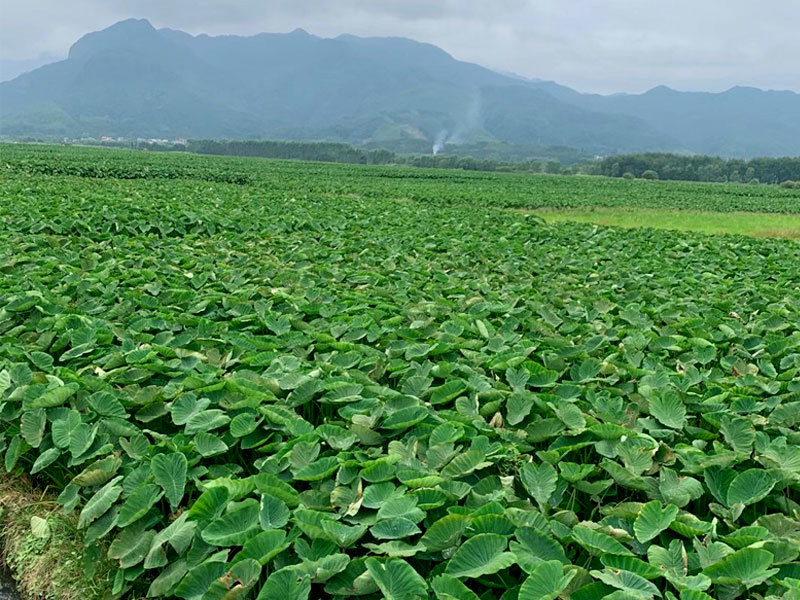


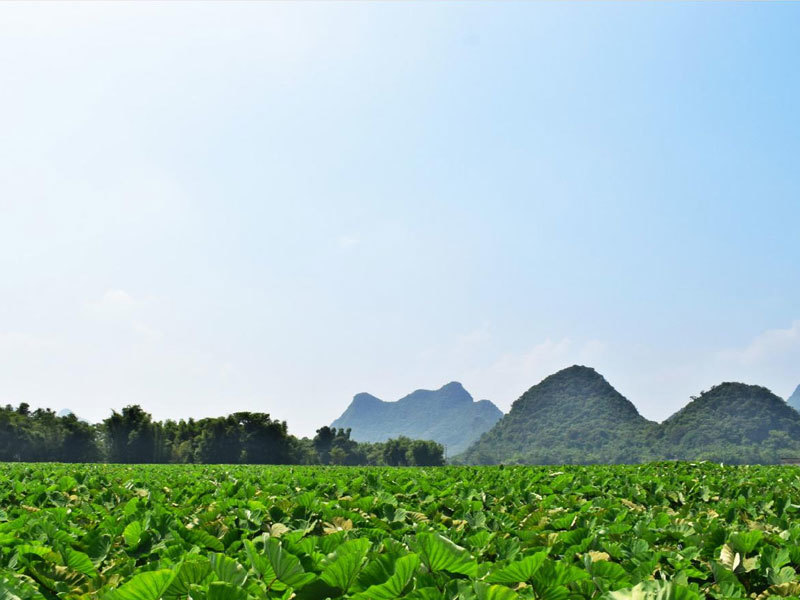
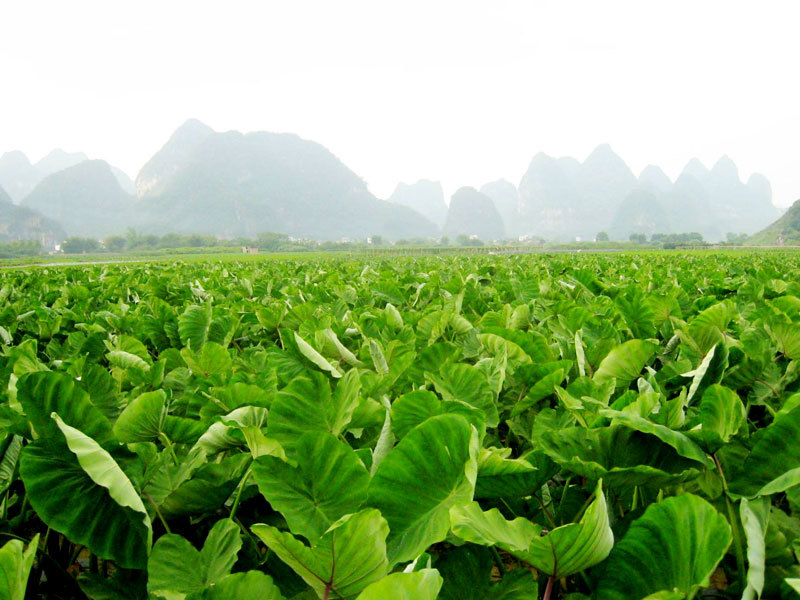
SOIL RESOURCES
Lipu City's soil texture, nutrient content, pH, moisture and drainage conditions are excellent, providing superior environmental conditions for the growth of taro
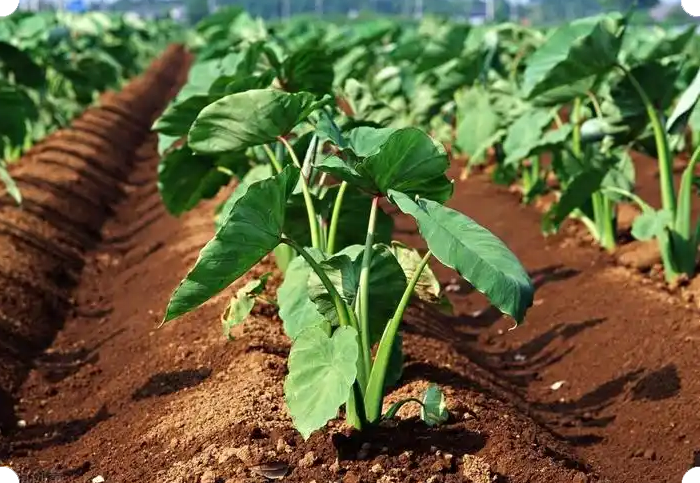
Soil texture:The soil in Lipu City is deep, fertile and loose. This soil texture is conducive to the growth and development of taro roots, enabling them to fully absorb water and nutrients in the soil.
nutrient contentThe soil selenium content in Lipu City is higher than the national average, and it is rich in organic matter and key nutrients such as nitrogen, phosphorus and potassium. These nutrients are necessary for the growth of taro and provide an adequate supply of nutrients for taro.
Moderate pH:The soil pH value in Lipu City is moderate, which meets the requirements of taro growth. The appropriate pH is beneficial to the absorption of taro root and the release of nutrients in the soil.
Moisture and drainage in good condition:Lipu City is located in the subtropical monsoon climate zone with abundant rain and moderate moisture content in the soil. At the same time, the soil drainage performance is good, avoiding the taro diseases, pests and rotten roots caused by the soil is too wet.
BLOG
Pay attention to the official website of Lipu taro to learn more about Lipu taro
How can a Lishui taro processing factory increase the added value of its products?
2025-03-26
From Field to Table: The Processing of Lipu Taro in Guangxi
2025-03-22
Learn about the health benefits of Guangxi Lipu taro
2025-03-16
Taro Industry Trends: A Delicious Journey from Field to Table
2025-02-10



